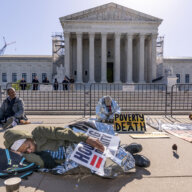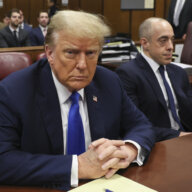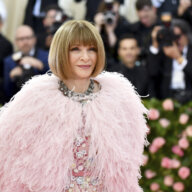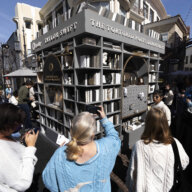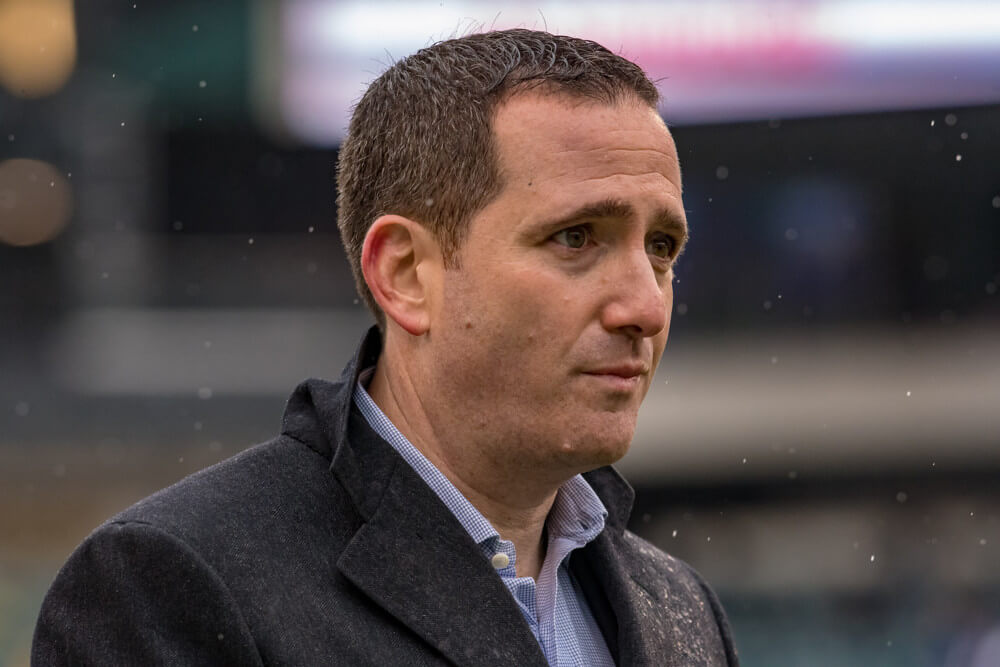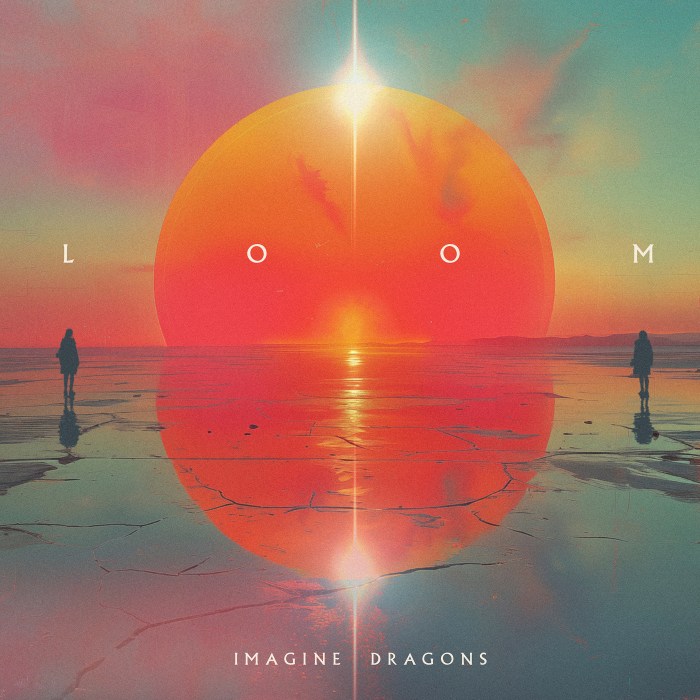A recent Wall Street Journal editorial by Jason L. Riley sparked a national firestorm over historically black colleges and universities. Responding to President Obama’s $850 million pledge to help support HBCUs, Riley attacked HBCUs for their “academic inferiority,” citing numerous statistics and one 1967 Harvard University study.
One statistic that he didn’t mention, however, is that HBCU graduates account for 33 percent of the African-American students in doctorate level S.T.E.M. programs (science, technology, engineering and math). That’s pretty surprising, considering that less than 10 percent of African-American college students attend HBCUs.
This year, Shannon Gary of the University of Pennsylvania authored perhaps the only academic study investigating this phenomenon. “When I started to look into the numbers, I was really amazed at the amount of folks they were sending into the science and technology fields,” he says. “I realized that this was something that needed to be highlighted. The public just doesn’t know this.”
His study, “Four Portraits,” is based on over 20 hours of interviews conducted with graduates of North Carolina A&T, Hampton, Dillard and Xavier universities. Gary was trying to get inside the numbers, looking for common themes amongst the students.
“Everyone that I talked to spoke about working in the lab with a teacher or mentor, and really being indoctrinated into the culture of science — learning what it means to be a scientist, and learning it relationally,” says Gary. “I came away sensing a level of encouragement happening at HBCUs that is not given to black students at predominantly white institutions.”









